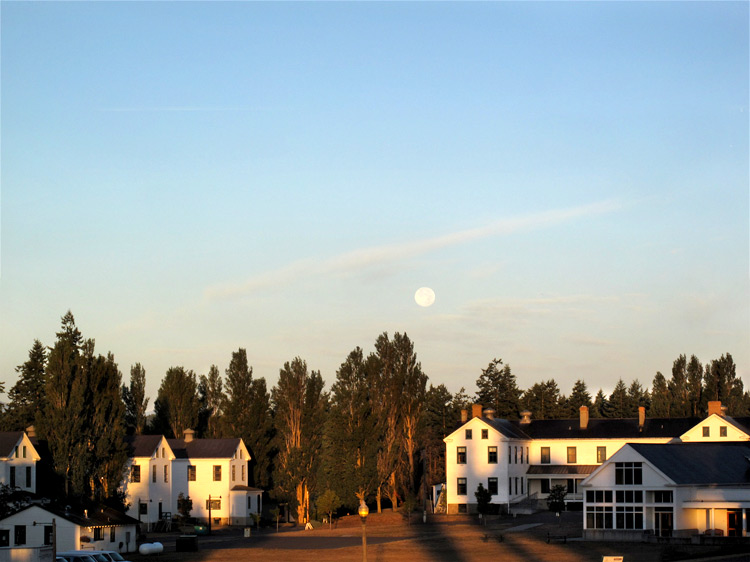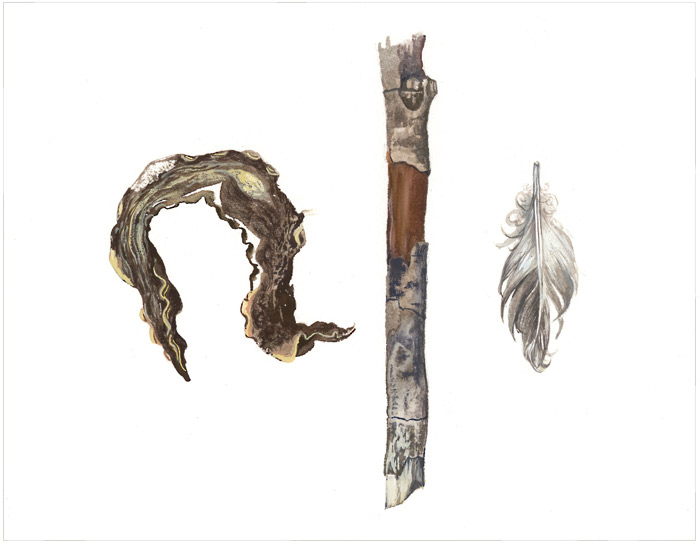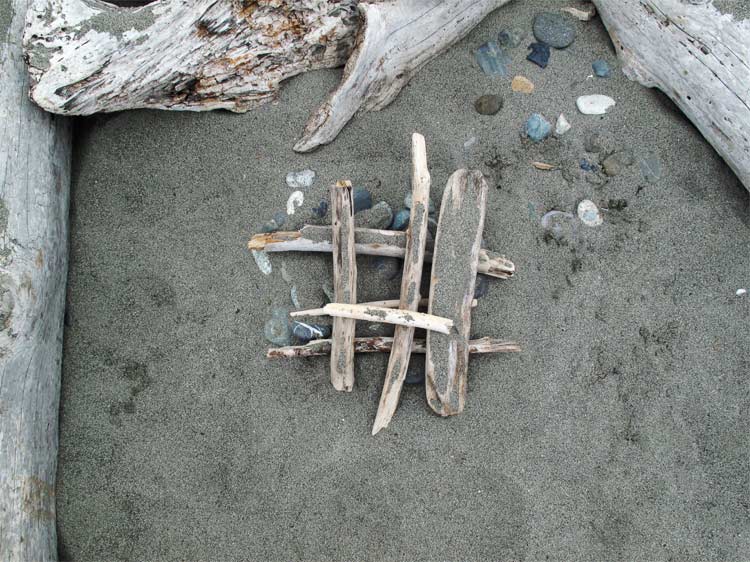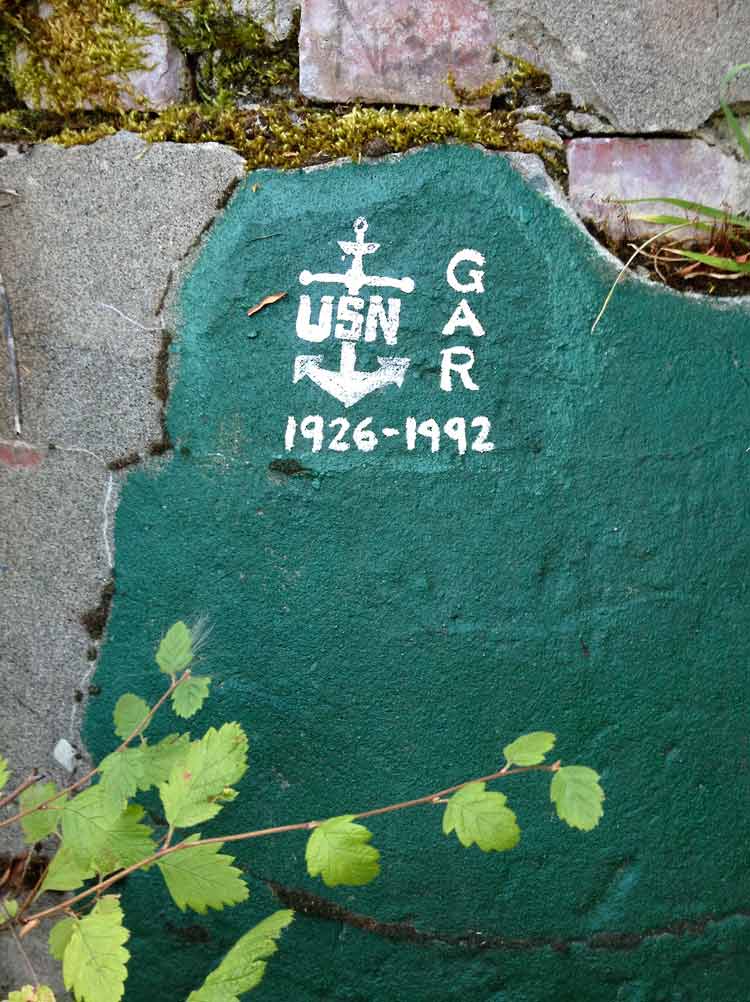
I have been possessed by my camera for the past few years, and in spite of public avowals that I was going to “get back to painting” evidence of new paintings has been scarce. So when I saw an opportunity to take a weeklong intensive in gouache through Gage Academy with realist painter Karen Hackenberg I leapt. What better antidote to procrastinating impulses than a retreat at Fort Worden, where I could incarcerate myself in a creative compound with fellow artists?
The fort, a former military battery designed to protect the entrance to Puget Sound, sits high on bluffs above the Straits of Juan de Fuca. The landscape ranges from saltwater shore to open meadow and forest, and the vistas are breathtaking. Centrum, which partners with Fort Worden, provides multi-media programming and coordinates facilities. Its mission is focused on creativity, connection and renewal, and as you move about the grounds you meet fascinating people radiating exactly these qualities. In Centrum’s own words: “It’s a place where the land stops, the sea begins, and the mind keeps going.”

I started my stay with a walk on the beach in search of objects for a still life, and to get my mind into the abstract state required to see in paint.
Visitors do not seem to need a book deal or an NEA grant to go about rearranging the beach. These are just a fraction of the useless battlements and airy fortifications I came across– far better than a museum for a lover of sticks.
 As I wandered the beach I was reminded of one of my favorite passages from Leonard Koren’s book on Wabi-Sabi:
As I wandered the beach I was reminded of one of my favorite passages from Leonard Koren’s book on Wabi-Sabi:
Definition of “aesthetic”…. refers to a set of informing values and principles — guidelines — for making artistic descriminations and decisions. The hallmarks of an “aesthetic” are 1) distinctiveness (distinct from the mass of ordinary, chaotic non-differentiated perceptions), 2) clarity (the aesthetic point has to be definite — clear — even if the aesthetic is about unclearness, and 3) repetition (continuity.)
The fort environment itself pulls you into the heart of paradox. You look up from reverie on golden yarrow, snowberry and roses to the harsh silhouettes of concrete battlements. Fort Worden was built in the early 1900’s, and the parade grounds rang with the boots of storied generals like August Quarles and Aronson Randol for whom the ruins are named. Among these purposeful ghosts now ramble barefoot banjo players and writers gazing into the distance and painters studying the shapes of clouds.
At any hour, and with much appreciated leavening, you will encounter Bambi, who’s benign gaze seems to bless all forms of artistic experimentation and failure. Sometimes there are berries left for a human breakfast.
Fortified by the muse I began my painting days, starting with still life painting and moving into more adventurous explorations of the medium. We each set up our own objects with a single light source. I worked on 300 pound hotpress Lanaquarelle, which I discovered does not like frisket. It does however adore the paint, and I have fallen madly in love with its velvet surface. On the first study I left the paper white as in traditional watercolor and in the second I masked out the objects and did an opaque wash, returning later to fill in the central subjects.



When painting from life, still or otherwise, one can be assailed by competing impulses: awe and devotion, an almost painful form of supplication to “the real” — and another wilder desire to create in the same way as “life,” with its exuberant dance of omniscience and intuition. I found the quote that Karen keeps on her drawing board the perfect motto for this practice: “Beauty is the love that we devote to an object.”— Paul Serusier.
However, it is important to honor the lessons of restlessness as much as devotion. [Read more…]







